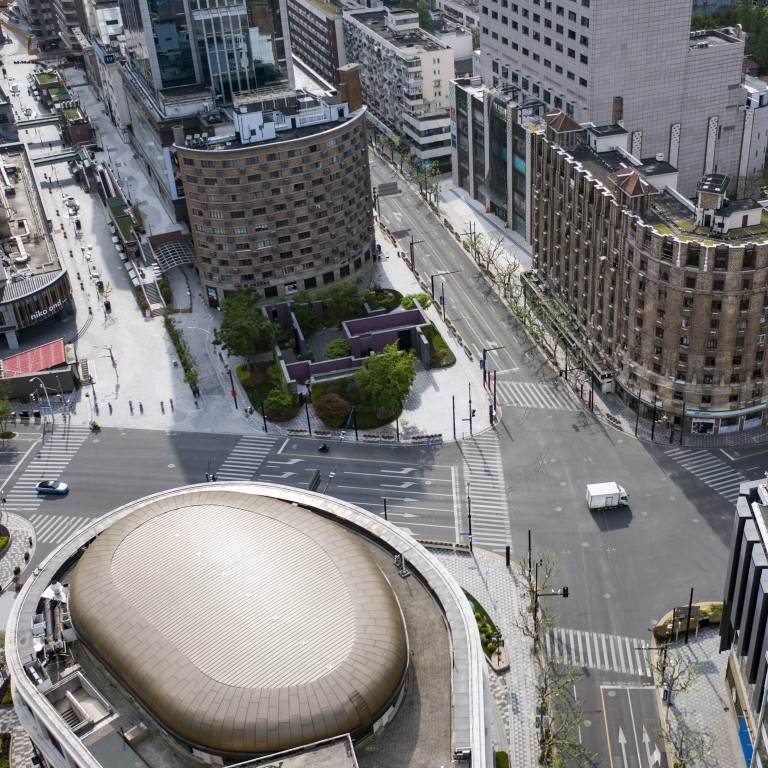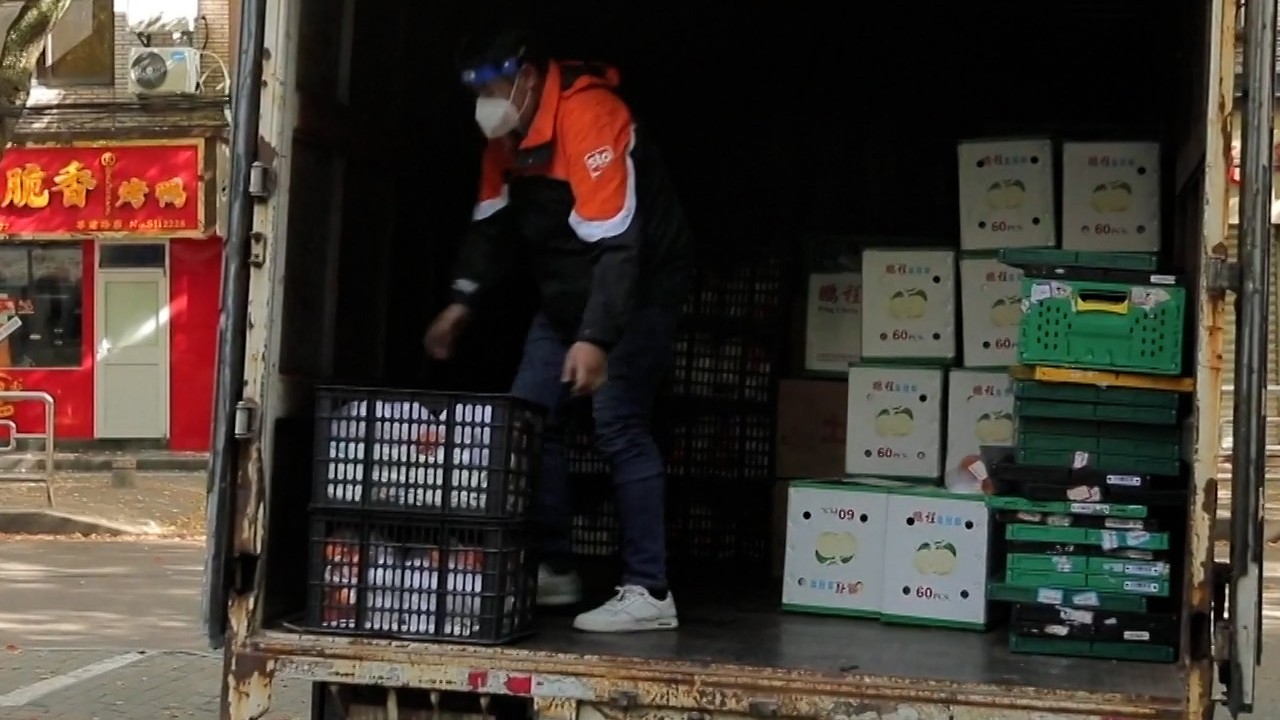
China’s economy set for interest rate cut, liquidity boost after Beijing promises ‘timely’ support
- China’s cabinet said on Wednesday that there will be ‘timely’ reduction in reserve requirement ratios (RRR) and other policy tools to support the economy
- The People’s Bank of China (PBOC) could take measures as early as Friday, including cuts to its key policy interest rates
China’s central bank is likely to cut its key policy interest rate for the second time this year and free up more liquidity in the banking sector to help bolster a faltering economy hit by the country’s worst coronavirus outbreaks in two years.
Expectations for further easing from the People’s Bank of China (PBOC) are running high after China’s cabinet said on Wednesday that there will be “timely” reductions in reserve requirement ratios (RRR) and other policy tools to support the economy.
“In light of changes in the current situation, we will encourage large banks with higher provisions to lower provision ratios in an orderly manner and will use monetary policy tools, including RRR cuts, in a timely way,” the State Council said in a statement after a regular meeting chaired by Premier Li Keqiang.
The RRR sets the minimum amount of reserves that must be held by banks and cannot be loaned out.
Based on its track record, we believe it is very likely that the PBOC could cut RRR by 50 basis points for most banks in the next several days
The State Council said it will increase support to sectors and small companies that have been hit hard by the outbreaks and lower overall financing costs for industries.
“Based on its track record, we believe it is very likely that the PBOC could cut RRR by 50 basis points for most banks in the next several days,” said Nomura on Thursday.
“A 50 basis point cut in RRR for most banks will likely add to banks’ loanable funds by around 1.2 trillion yuan (US$188 billion).
“However, part of the released funds could be used to offset maturing medium term loan facility in May of 100 billion yuan and June of 200 billion yuan.”
‘Policy needs to intensify’: China weighs fresh support for Covid-hit economy
Luo Zhiheng, chief macroeconomic analyst at the Yuekai Securities Research Institute, said that there is room for the central bank to cut both the key policy interest rate as well as RRR given the sluggish outlook for the economy.
However, the PBOC will also be mindful about the growing depreciation pressure on the yuan.
“The divergence of the China and US interest rates will reduce the attractiveness of financial assets such as Chinese bonds, intensify short-term cross-border capital outflows, and put depreciation pressure on the yuan exchange rate. However, its negative impact on the yuan exchange rate should not be overstated,” Luo said on Tuesday.
The RRR cut will help to supplement the liquidity gap, enhance the banks’ lending capacity, reduce the cost of banks’ capital
Luo believes that in the short term China’s monetary policy will likely be largely driven by its need to hedge against the growing pressure facing the economy.
“The RRR cut will help to supplement the liquidity gap, enhance the banks’ lending capacity, reduce the cost of banks’ capital … the interest rate cut will help reduce the debt repayment pressure of residents and enterprises, boost residents’ consumption and expand effective investment,” Luo added.
The one-year LPR – on which most new and outstanding loans are based – remained at 3.70 per cent at the March fixing. The five-year LPR – which is a reference rate for mortgages – also remained unchanged at 4.65 per cent.
The PBOC also cut the rate for one-year medium-term lending facility (MLF) loans to some financial institutions from 2.95 per cent to 2.85 per cent in January.
“Given the rising risk of recession (defined as negative year-over-year quarterly gross domestic product growth), we also expect one 10-basis point rate cut to each one-year MLF, one-year and five-year LPR, and seven-day reverse repo in the near term,” Nomura added.
Nomura said given that there is a rising risk of a slowing gross domestic product, it expects one 10 basis point rate cut to each one-year MLF, one-year and five-year LPR, and seven-day reverse repo in the near term.
The State Council also said it will take measures to boost consumption, barring local authorities from imposing new restrictions on vehicle purchases, while it will also step up export tax rebates to stabilise foreign trade.
Chinese exports rose 14.7 per cent from a year earlier to US$276 billion last month, slowing from 16.3 per cent in the first two months.
With an eye on food security, China’s grain stockpiling has global implications
More steps will also be taken to support purchases of new energy vehicles and consumption in rural areas, while also boosting consumption in healthcare, elderly care and childcare areas, the State Council said.


